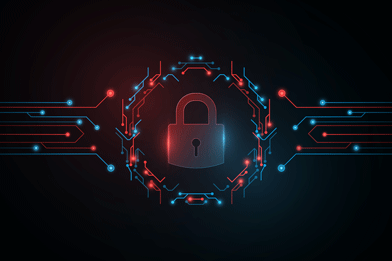Last updated at Fri, 01 Dec 2023 21:05:18 GMT
Mold it, make it, just don’t fake it
At a quick glance, it seems like the title of this blog is “government hygiene.” Most likely, that wouldn’t be a particularly exciting read, but we’re hoping you might be engaged enough to gain a few takeaways from this fourth piece in our series on automating remediation and how it can benefit your team and cost center.
The best way to mold a solution that makes sense for your company and cloud security is by adding actions that cause the fewest deviations in your day-to-day operations. Of course, there are several best-practice use cases that can make sense for your organization. Let’s take a look at a few so you can decide which one(s) work(s) for you.
Environment enforcement
Sandboxes are designed to be safe spaces, so they should also be clean spaces. As Software Development Life Cycles (SDLC) accelerate and security posture moves increasingly left into the hands of the developers spinning things up, it’s important to not only isolate and lock down your sandbox space, but to create a repeat cleaning schedule. Your software release cycle can also act as regularly scheduled sandbox maintenance.
No exemptions for expensive instances
Spinning up instances that suck up resources from other critical applications can cost you. Sometimes they’re necessary, often they’re not. Whether it’s by cost, family type, or hardware specs, continuous monitoring is key so that even when unnecessarily resource-intensive processes aren’t automatically killed, you still have a good idea of what’s costing too much time and too much money. AWS CloudWatch, for instance, can help you monitor EC2 instances by stopping and starting them at scheduled intervals.
Cleanliness ≠ costliness
Properly automating anything in cloud security is ultimately going to save money for the organization. But, as we’ve discussed to some extent above and throughout this series, you’ll want to make sure automation isn’t creating unnecessary instances, orphaning outdated resources, or stagnating old snapshots and unused databases. Yep, there are a lot of things that can start to add up and begin puffing out a budget. Creating more efficient data pipelines and discovering which parts of the remediation process are the most labor-intensive can help identify where you should focus effort and resources. In this way, you can begin to target those areas that will require the most regular hygiene and cleanup.
Put a cork in the port (exposure)
Since everything on the internet is communicated and transferred via ports, it’s probably a good idea to think about locking down exposed ports that may be running protocols like Secure Shell (SSH) or Remote Desktop (RDP). Automating this type of cleanup will require knowing, similar to the above section, which ports do most of the heavy lifting in the daily rhythms of your cloud -security operations. If a port isn’t being used in a meaningful way — or you simply don’t have any idea what its use is — best to shut it down.
Stay vigilant while basking in benefits
Ensuring you’re getting the most organized automation framework as possible takes work, but it’s considerably less work than if you had no framework at all. Automating good governance and hygiene practices can add time saved to the overall benefits gained from this work. But, we must all be good monitors of these processes and put checks in place to ensure your automation framework actually works for you and continues to save time and effort for years to come.
With that, we’re ready for a deep-dive into the final of 4 Levels of Automated Remediation. You can also read the previous entry in this series here.
